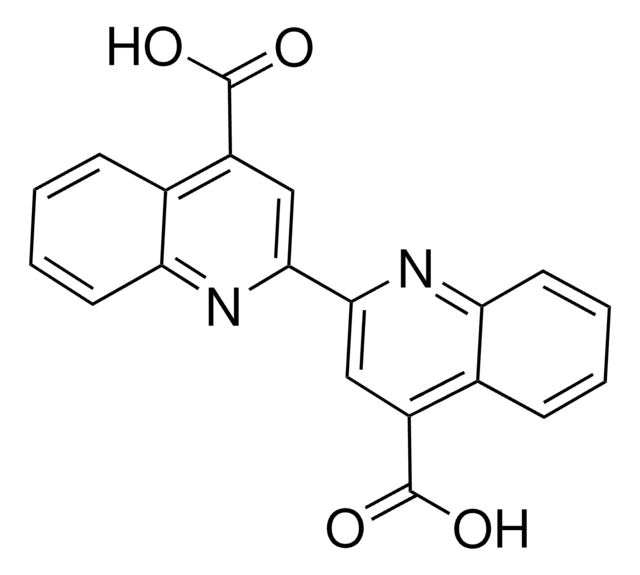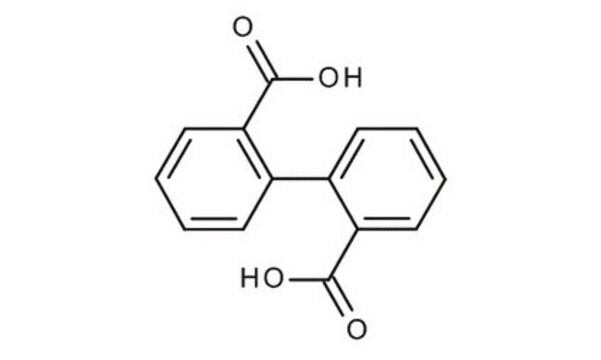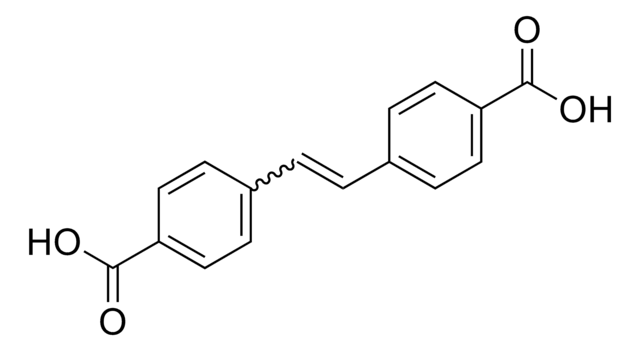517763
2,2′-Bipyridine-5,5′-dicarboxylic acid
97%
Sinónimos:
6,6′-Binicotinic acid
About This Item
Productos recomendados
Ensayo
97%
mp
>360 °C (lit.)
grupo funcional
carboxylic acid
cadena SMILES
OC(=O)c1ccc(nc1)-c2ccc(cn2)C(O)=O
InChI
1S/C12H8N2O4/c15-11(16)7-1-3-9(13-5-7)10-4-2-8(6-14-10)12(17)18/h1-6H,(H,15,16)(H,17,18)
Clave InChI
KVQMUHHSWICEIH-UHFFFAOYSA-N
¿Está buscando productos similares? Visita Guía de comparación de productos
Descripción general
Aplicación
- Zn-MOFs Containing Pyridine and Bipyridine Carboxylate Organic Linkers and Open Zn2+ Sites: This study discusses the synthesis and characterization of Zinc-based Metal-Organic Frameworks (MOFs) utilizing 2,2′-Bipyridine-5,5′-dicarboxylic acid as a linker, showing potential applications in gas storage and separation (J Kim et al., 2015).
- Ethylene oligomerization in metal organic frameworks bearing nickel (ii) 2, 2′-bipyridine complexes: Reports the use of 2,2′-Bipyridine-5,5′-dicarboxylic acid in Nickel-based MOFs for catalyzing ethylene oligomerization, highlighting the versatility of MOFs in catalysis (MI Gonzalez et al., 2017).
- Two 3-D metal organic frameworks containing 2, 2′-bipyridine-5, 5′-dicarboxylic acid: synthesis, structure, and magnetic properties: Discusses the synthesis and magnetic properties of two 3-D MOFs built with 2,2′-Bipyridine-5,5′-dicarboxylic acid, demonstrating potential for advanced material applications (M Fang et al., 2014).
Palabra de señalización
Warning
Frases de peligro
Consejos de prudencia
Clasificaciones de peligro
Eye Irrit. 2 - Skin Irrit. 2 - STOT SE 3
Órganos de actuación
Respiratory system
Código de clase de almacenamiento
11 - Combustible Solids
Clase de riesgo para el agua (WGK)
WGK 3
Punto de inflamabilidad (°F)
Not applicable
Punto de inflamabilidad (°C)
Not applicable
Equipo de protección personal
dust mask type N95 (US), Eyeshields, Gloves
Elija entre una de las versiones más recientes:
¿Ya tiene este producto?
Encuentre la documentación para los productos que ha comprado recientemente en la Biblioteca de documentos.
Los clientes también vieron
Nuestro equipo de científicos tiene experiencia en todas las áreas de investigación: Ciencias de la vida, Ciencia de los materiales, Síntesis química, Cromatografía, Analítica y muchas otras.
Póngase en contacto con el Servicio técnico
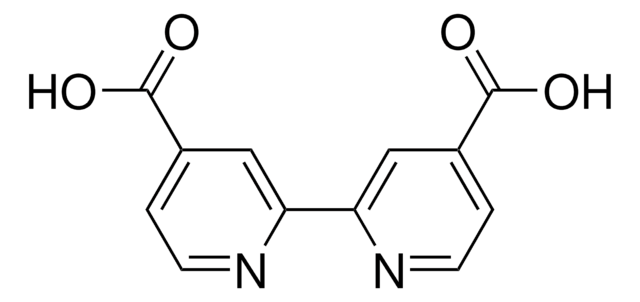
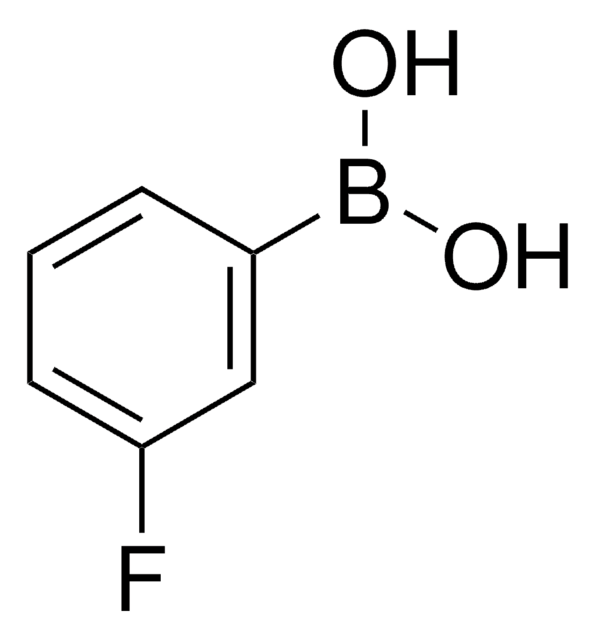
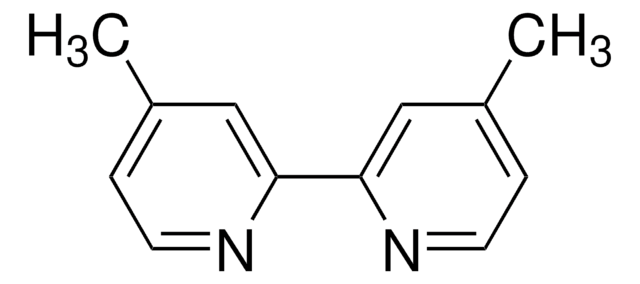
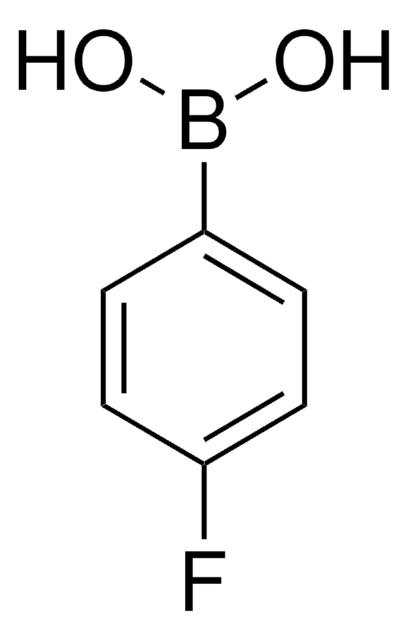
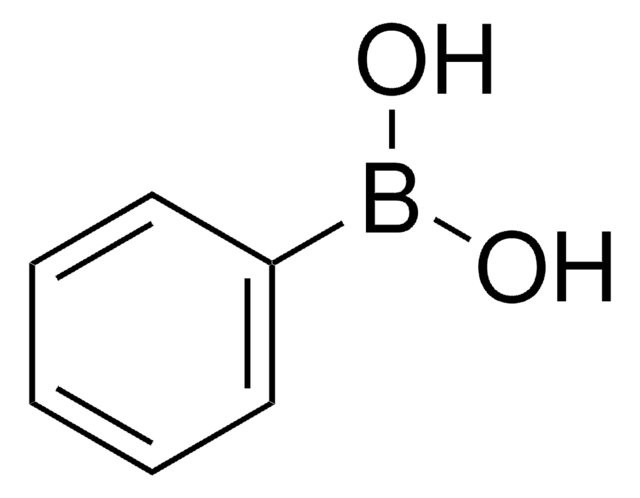
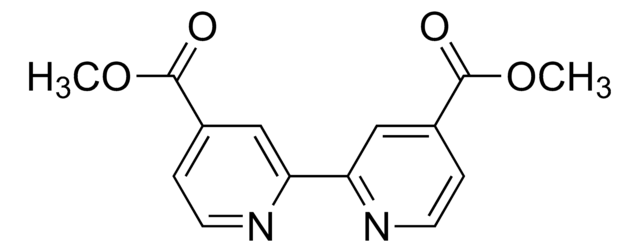
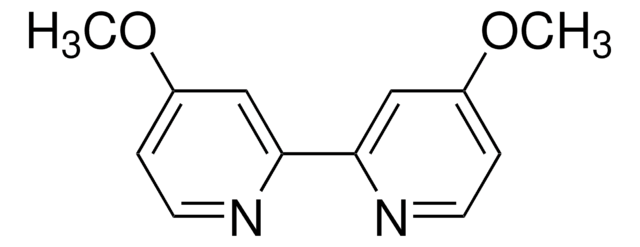
![[Pd(OAc)2]3 reagent grade, 98%](/deepweb/assets/sigmaaldrich/product/structures/508/249/99a0ef2c-b77c-4d73-8ed9-0cca05b6b41f/640/99a0ef2c-b77c-4d73-8ed9-0cca05b6b41f.png)
![1,4-Diazabicyclo[2.2.2]octane ReagentPlus®, ≥99%](/deepweb/assets/sigmaaldrich/product/structures/366/129/a6ff4175-974d-4fac-9038-b35e508ef252/640/a6ff4175-974d-4fac-9038-b35e508ef252.png)

